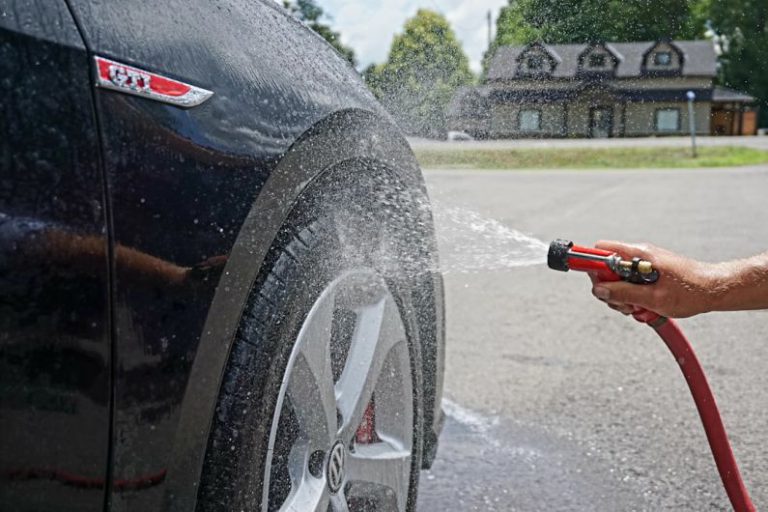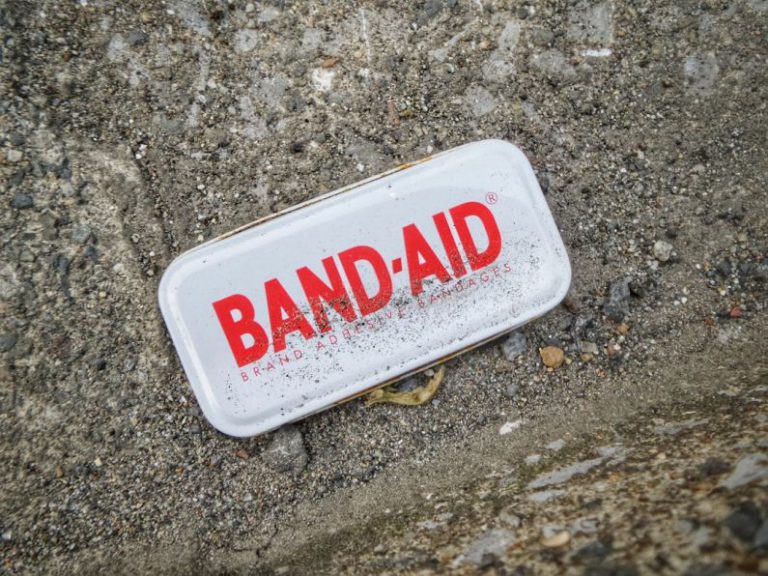Aligning Your Retreaded Tires for Optimal Performance
Ensuring that your retreaded tires are properly aligned is crucial for achieving optimal performance and extending their lifespan. Proper alignment not only improves handling and safety but also helps in maximizing fuel efficiency and reducing uneven wear on the tires. In this article, we will delve into the importance of aligning retreaded tires and provide some tips on how to maintain proper alignment for a smoother and safer driving experience.
Importance of Alignment for Retreaded Tires
Alignment plays a significant role in ensuring that your retreaded tires wear evenly and last longer. When the wheels are not properly aligned, it can result in uneven wear patterns on the tires, leading to premature tire replacement. Misaligned tires can also affect the vehicle’s handling, causing it to pull to one side or vibrate at higher speeds. This not only compromises safety but also impacts the overall driving experience.
Proper alignment is also essential for maximizing fuel efficiency. When the wheels are out of alignment, it creates additional resistance, making the engine work harder to move the vehicle forward. This can result in decreased fuel economy and increased fuel costs over time. By keeping your retreaded tires properly aligned, you can ensure that your vehicle operates at peak efficiency, saving you money and reducing your carbon footprint.
Tips for Maintaining Proper Alignment
Regular Inspections: One of the most effective ways to ensure proper alignment for your retreaded tires is to conduct regular inspections. Look for signs of uneven wear, such as cupping or scalloping, which indicate that the tires are not wearing evenly. If you notice any unusual wear patterns, it may be a sign that your wheels are out of alignment and need to be adjusted.
Alignment Check: It is recommended to have your retreaded tires professionally aligned at least once a year or whenever you notice any handling issues. A professional alignment check will ensure that the wheels are properly adjusted to the manufacturer’s specifications, helping to prevent premature wear and improve overall performance. Additionally, if you hit a pothole or curb, it’s a good idea to have your alignment checked to prevent any potential damage to the tires.
Tire Rotation: Regular tire rotation is another important aspect of maintaining proper alignment for your retreaded tires. Rotating the tires at regular intervals helps to ensure even wear across all tires, extending their lifespan and improving overall performance. Consult your vehicle’s owner’s manual for the recommended tire rotation schedule based on your driving habits and vehicle type.
Proper Inflation: Maintaining the correct tire pressure is essential for optimal alignment and overall tire performance. Underinflated or overinflated tires can lead to uneven wear and poor handling, affecting the alignment of the wheels. Check your tire pressure regularly and adjust it to the manufacturer’s recommended levels to ensure a smooth and safe driving experience.
Conclusion: Prioritize Proper Alignment for Better Performance
In conclusion, aligning your retreaded tires is essential for maximizing their performance and longevity. By following the tips mentioned above and staying proactive about maintaining proper alignment, you can ensure that your tires wear evenly, improve fuel efficiency, and enhance overall driving safety. Regular inspections, professional alignment checks, tire rotation, and proper inflation are key factors in achieving optimal alignment for your retreaded tires. Remember, proper alignment not only benefits your tires but also contributes to a smoother and safer driving experience for you and your passengers.






